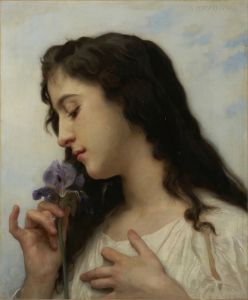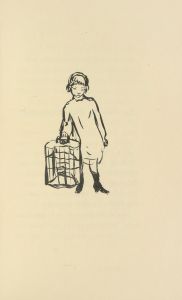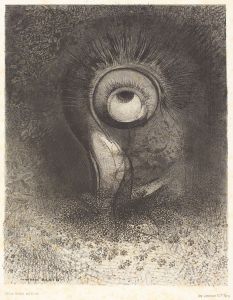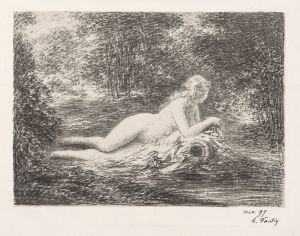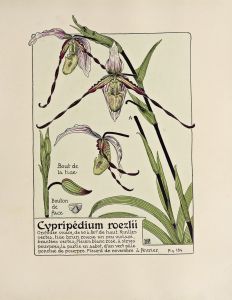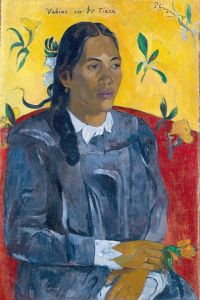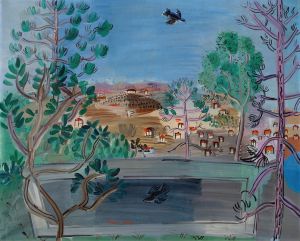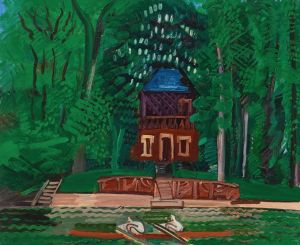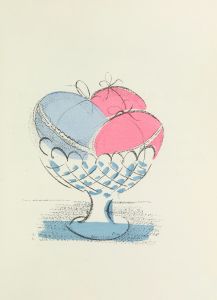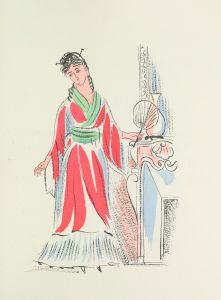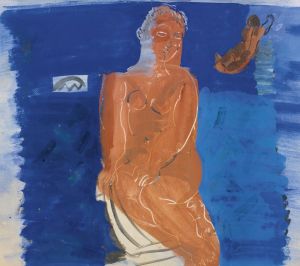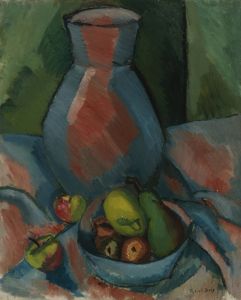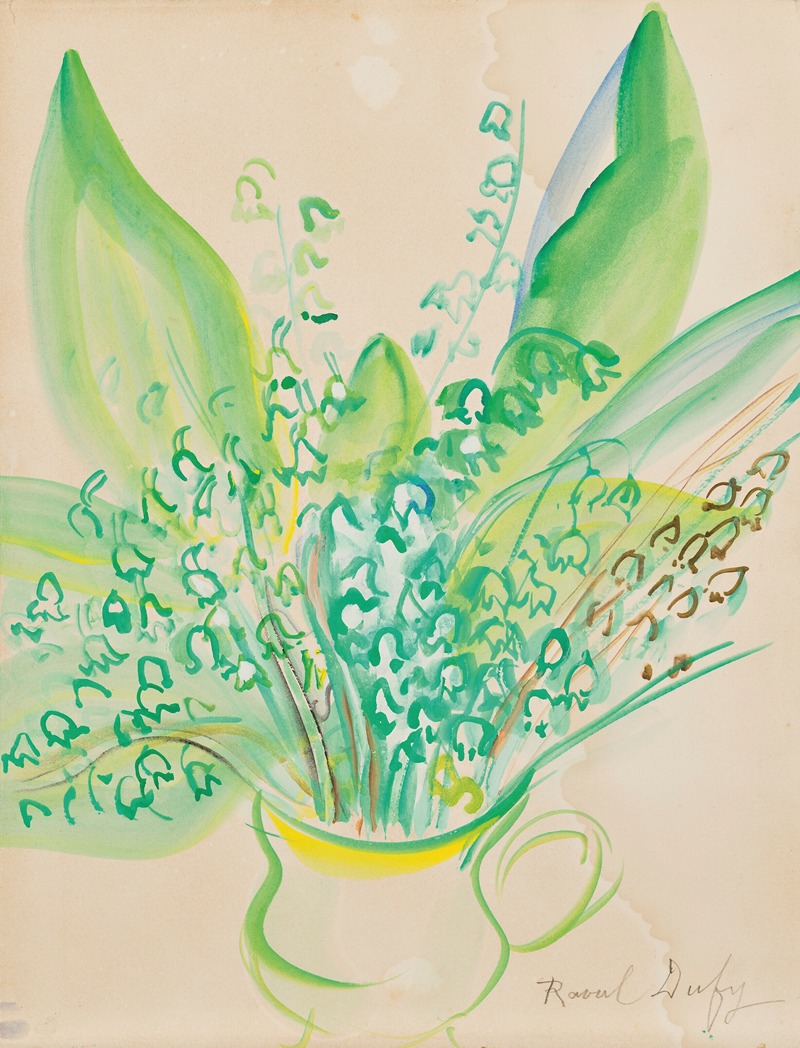
Bouquet de muguets
A hand-painted replica of Raoul Dufy’s masterpiece Bouquet de muguets, meticulously crafted by professional artists to capture the true essence of the original. Each piece is created with museum-quality canvas and rare mineral pigments, carefully painted by experienced artists with delicate brushstrokes and rich, layered colors to perfectly recreate the texture of the original artwork. Unlike machine-printed reproductions, this hand-painted version brings the painting to life, infused with the artist’s emotions and skill in every stroke. Whether for personal collection or home decoration, it instantly elevates the artistic atmosphere of any space.
Raoul Dufy (1877–1953) was a French Fauvist painter known for his colorful and decorative style. His work often depicted leisure activities, landscapes, and scenes of social events. Dufy's artistic career spanned several decades, during which he experimented with various styles and techniques, contributing significantly to modern art.
"Bouquet de muguets" is one of Dufy's many works that showcase his interest in floral compositions. While specific details about this particular painting are limited, it is consistent with Dufy's broader body of work, which frequently includes vibrant and expressive depictions of flowers. Dufy had a unique ability to capture the essence of his subjects with bold colors and fluid lines, often using watercolor and oil paints to achieve his desired effects.
Dufy's floral paintings are celebrated for their lively compositions and the way they convey a sense of joy and spontaneity. His approach to painting flowers was not just about replicating their appearance but also about expressing their vitality and the emotions they evoke. This aligns with the principles of Fauvism, a movement characterized by its use of strong colors and emphasis on painterly qualities over representational accuracy.
Throughout his career, Dufy was influenced by various artists and movements. He initially studied at the École des Beaux-Arts in Paris and was influenced by the Impressionists, particularly Claude Monet. However, it was his encounter with the works of Henri Matisse that led him to embrace Fauvism. This movement, which emerged in the early 20th century, encouraged artists to use color as an independent element, divorced from the natural world, to convey emotion.
Dufy's work extended beyond painting; he was also involved in textile design, ceramics, and illustration. His versatility as an artist allowed him to explore different mediums and collaborate with various industries, further cementing his reputation as a multifaceted creator. His designs for textiles, in particular, were highly sought after and contributed to the Art Deco movement.
Despite the lack of specific information about "Bouquet de muguets," it can be appreciated within the context of Dufy's overall artistic achievements. His ability to infuse everyday subjects with a sense of elegance and dynamism made his work accessible and appealing to a broad audience. Dufy's legacy is evident in the continued admiration for his vibrant and joyful depictions of life, which remain influential in the world of art.
Raoul Dufy's contributions to modern art are celebrated in museums and collections worldwide. His works, including his floral paintings, continue to be studied and appreciated for their innovative use of color and form. While "Bouquet de muguets" may not be as widely recognized as some of his other pieces, it embodies the qualities that define Dufy's artistic vision: a celebration of beauty, color, and the simple pleasures of life.





